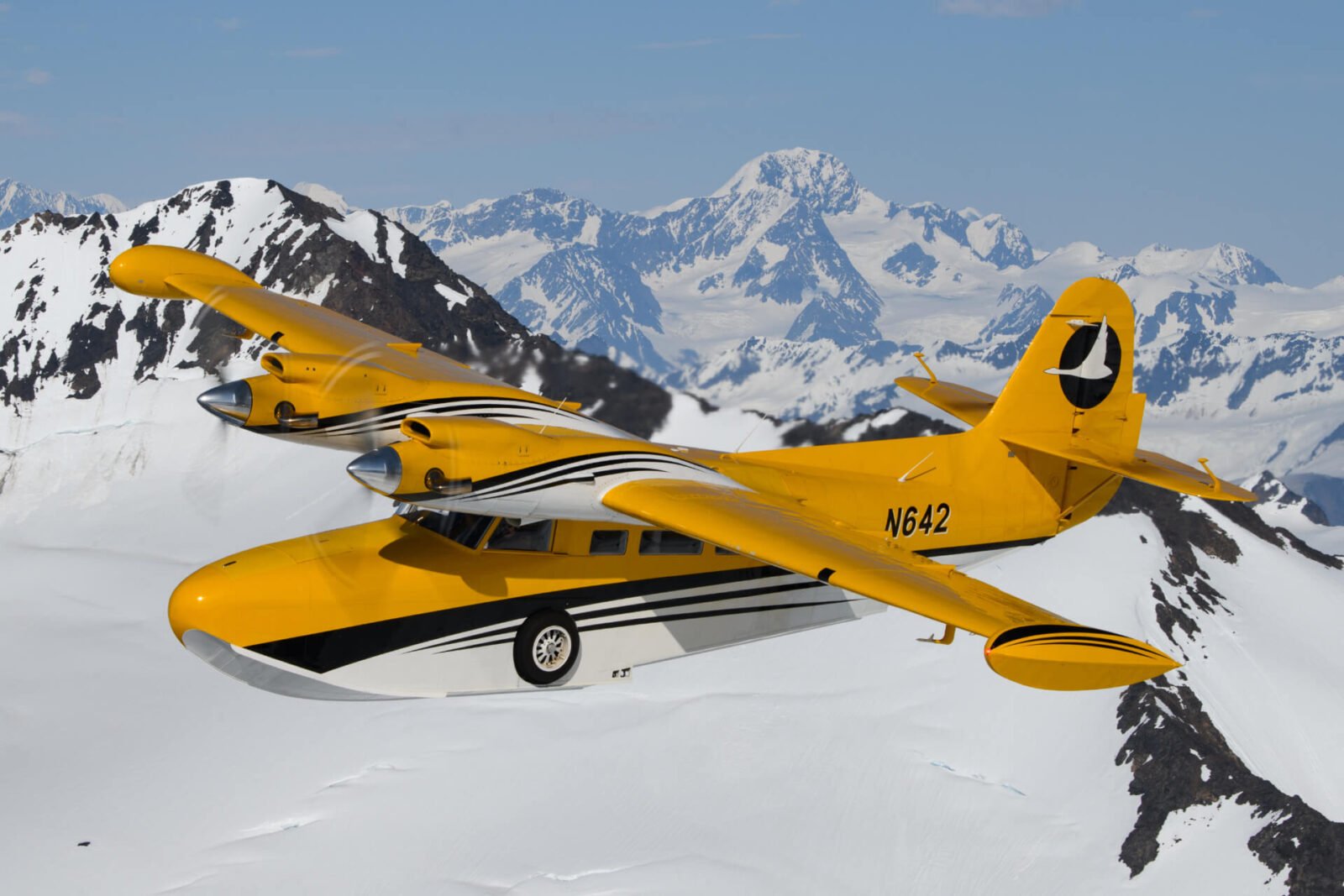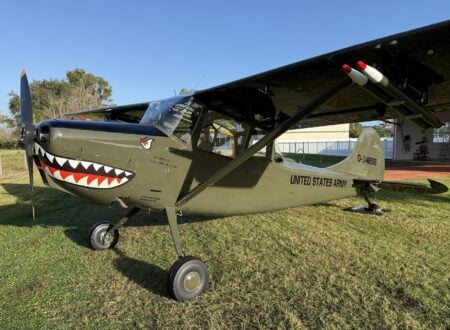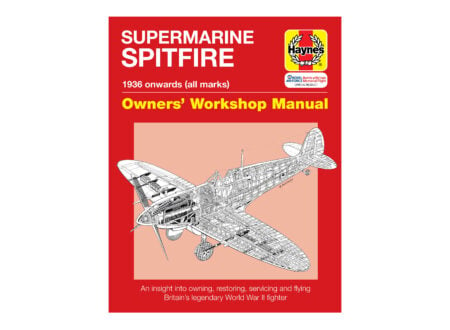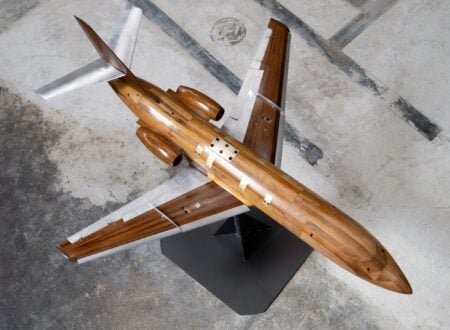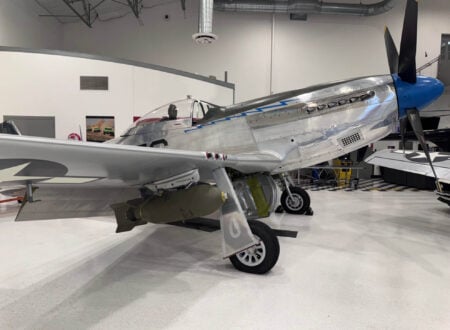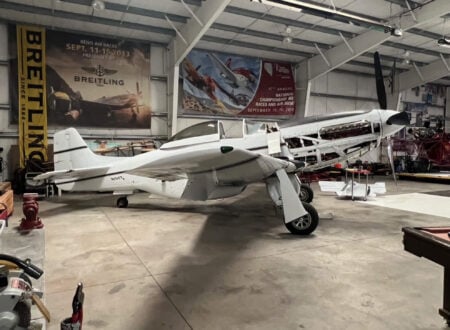This is a Grumman G-21 Goose that was built in 1968, then many years later upgraded to McKinnon G21G “Super Goose” configuration – meaning it’s now significantly more capable than it would have been originally.
The Grumman G-21 Goose was commissioned by some of the wealthier residents of Long Island in the 1930s, who approached Grumman about building an “air yacht” that they could use for commuting in and out of New York City.
Fast Facts – The Grumman G-21 Goose
- The Grumman G-21 Goose was developed in the mid-1930s by Grumman Aircraft Engineering Corporation at the request of affluent Long Island businessmen, including Wilton Lloyd-Smith and E. Roland Harriman. Initially intended as a luxury amphibious seaplane for commuting between Long Island and New York City, it was later used extensively during WWII for various military and coast guard roles. Post-war, it served remote communities and became a small airliner for areas like the Caribbean, northern Canada, and Alaska.
- The G-21 Goose was Grumman’s first monoplane, first twin-engined aircraft, and their entry into commercial air travel. Early models were powered by 450 bhp Pratt & Whitney R-985 Wasp Junior engines, had a cruising speed of 180 mph, and a range of 800 miles. The aircraft featured an almost all-metal construction with some fabric covering on the control surfaces. Its design proved so robust that hundreds were built and deployed globally.
- During WWII, nearly all G-21 Goose production supported the Allied war effort, with the aircraft used by the United States, Canada, Australia, and Britain for transport, reconnaissance, rescue, and training. After the war, the aircraft were largely sold to private owners and corporations, finding new roles in remote and difficult-to-reach regions. Out of 345 built, about 30 are still in operation today.
- The featured aircraft, originally a Grumman G-21 Goose built in 1968, was upgraded to the McKinnon G21G “Super Goose” configuration. This extensive restoration took over 10 years and 30,000 hours, converting it to turboprop engines, enhancing speed to over 230 mph, and increasing its useful load to 5,200 lbs. Modern upgrades include a glass cockpit, hydraulic flap system, cabin ventilation and heating, oxygen systems, and advanced lighting and landing gear systems. This meticulously restored aircraft is now for sale for $2,850,000 USD.
The Plan To Have A New “Air Yacht” Built
The Grumman G-21 Goose is an amphibious seaplane developed in the mid-1930s by American aircraft manufacturer the Grumman Aircraft Engineering Corporation. Though it was originally designed to offer luxury point-to-point travel for wealthy businessmen, the G-21 Goose would quickly get called into service during WWII. In the decades after would perform a vital role as a link for remote communities in places like northern Canada and the south Pacific.
Above Video: This short film is all about the aircraft shown in this article, the Grumman G-21 Goose that is owned by Doug DeVries, an engineer who also led its 10 year, 30,000 hours restoration.
As the story goes, a group of 10 well-to-do Long Island businessmen, led by Wilton Lloyd-Smith and wealthy American financier and philanthropist E. Roland Harriman, approached Grumman with a request for an amphibious aircraft that could be used to carry them in comfort from Long Island into New York, then back again.
Prior to this they had used the Loening Air Yacht, though its design dated back to the 1920s and with the fast pace of aircraft development at the time, it seemed antiquated by the mid-1930s. The men had initially approached Loening about building a new version, but were rebuffed and sent off in the direction of Grumman instead.
This Long Island to New York trip wasn’t particularly far from a geographic standpoint, but due to the state of the roads in the 1930s and the already ever-present issue of traffic, it could take them hours to get in and out of the city.
A personal amphibious aircraft made the trip far faster, with takeoff to landing being anything from 15 to 25 minutes, with a few more minutes either side for boarding and disembarking. Fortunately, both for the businessmen and for the coming Allied war effort, Grumman agreed and the project began in earnest.
The Grumman G-21 Goose
When the final aircraft design debuted in 1937 it would be the first ever Grumman monoplane, the first Grumman twin engined aircraft, and its first aircraft to enter the new world of commercial air travel. Despite the long list of firsts, the G-21 Goose proved its worth immediately and the fundamental design would prove to be so sound that hundreds would eventually be built and deployed all over the world.
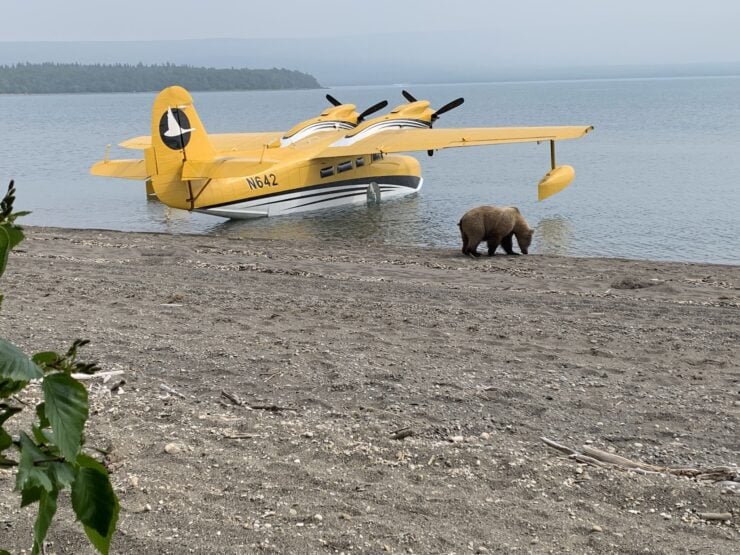

The “Air Yacht” moniker that had been used for the earlier Loening design was also used by some to refer to the new Grumman aircraft, even though the two planes shared no parts in common and looked completely different.
The early versions of the aircraft would be powered by a pair of 450 bhp Pratt & Whitney R-985 Wasp Junior 9-cylinder, air-cooled, radial engines mounted to the leading edge of the high-mounted wings. The Goose was made with almost all metal construction, with some fabric covering initially used on the trailing half of the main wing, the ailerons, elevators, and rudder.
The aircraft had a cruising speed of 180 mph and a range of 800 miles, more than enough for its intended purpose. Later versions would be fitted with more powerful engines, larger fuel tanks, and other modifications allowing higher speeds and longer ranges.
Use During WWII And The Post War Years
During WWII essentially all Goose production was used for the war effort, mostly for the United States however Canada, Australia, Britain, and some other nations also fielded military versions of the aircraft in transport, reconnaissance, rescue, and training roles.
After the war the aircraft were mostly sold to private owners and corporations, many were used as small airliners for reaching remote islands in places like the Caribbean, south Pacific, northern Canada, and Alaska. Of the 345 that were built, approximately 30 are believed to still be flying today.
The McKinnon G-21G “Super Goose” Shown Here
The aircraft you see here is a Grumman G-21 Goose that has been completely restored over a period of 10 years, requiring over 30,000 hours of labor, and converted into McKinnon G21G “Super Goose” configuration.
This conversion is extensive however one of the most obvious changes is the conversion to turboprop engines rather than the original radials. The aircraft is now capable of 200+ knots (230+ mph) and it has a useful load of 5,200 lbs.
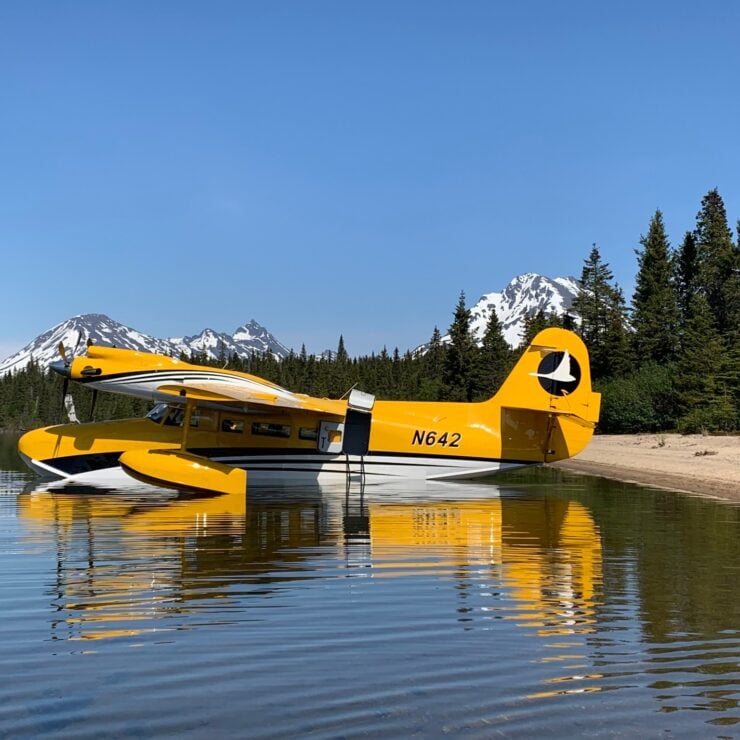

The restoration also included the fitment of a state-of-the-art glass cockpit, it has a hydraulic flap system, a cabin ventilation system, a cabin heating system, an onboard crew and passenger oxygen system, a cockpit and cabin interior lighting system, a landing gear advisory system, automatic bilge pumps, and an upgraded fuel system.
The aircraft is now being offered for sale by its owner, who is also the engineer who led the restoration program. The asking price is $2,850,000 USD and you can visit the listing here if you’d like to read more about it or enquire about buying it.
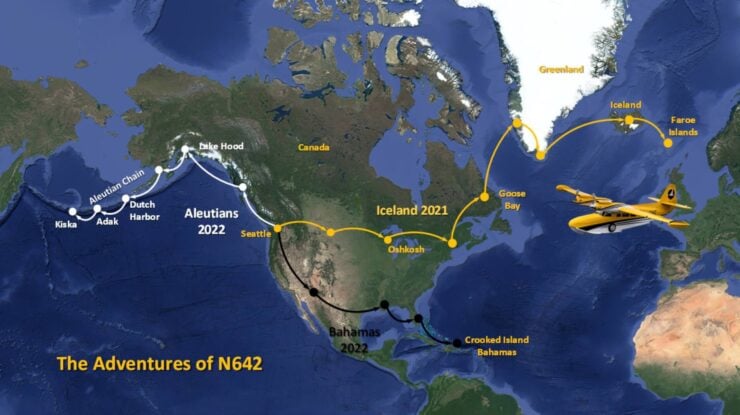
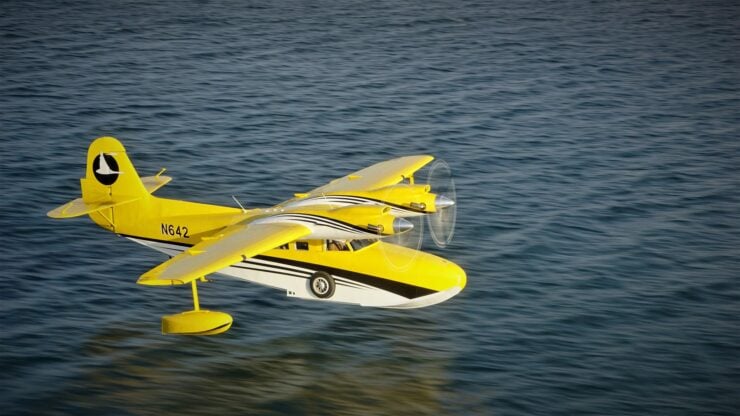
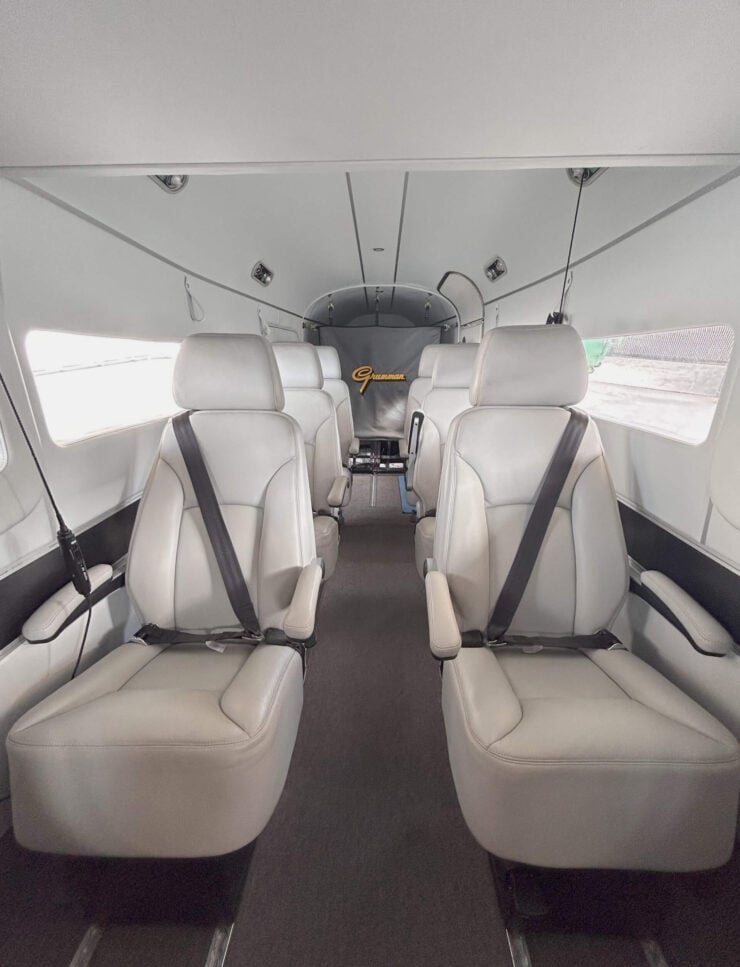
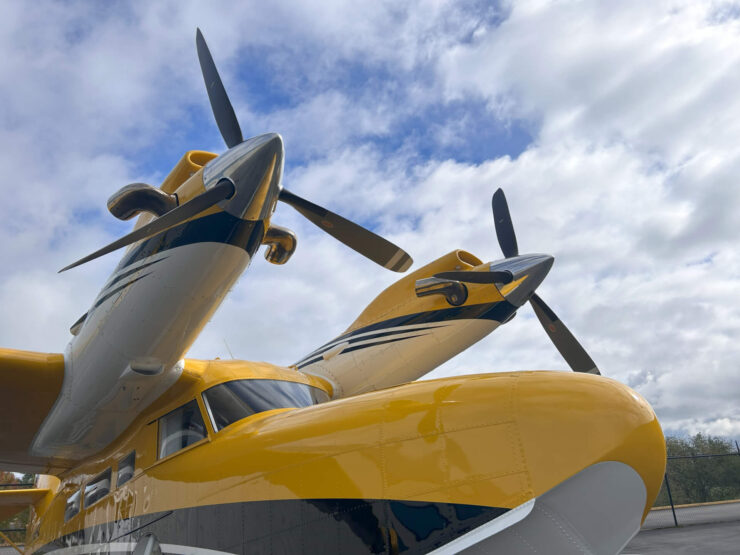
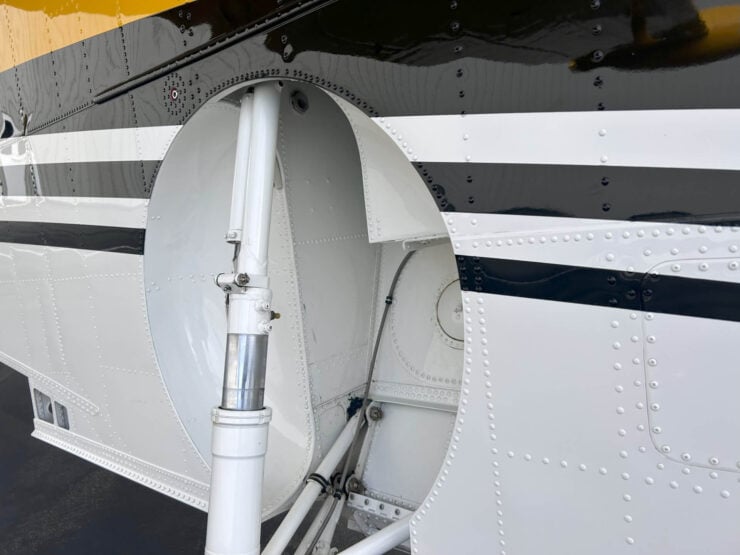
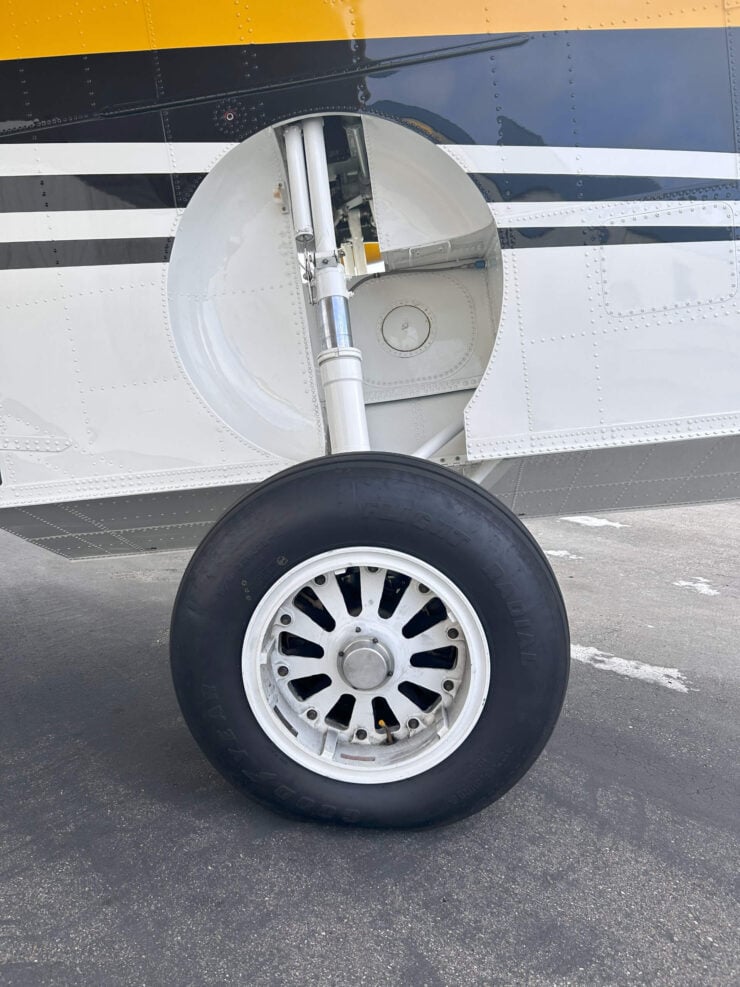
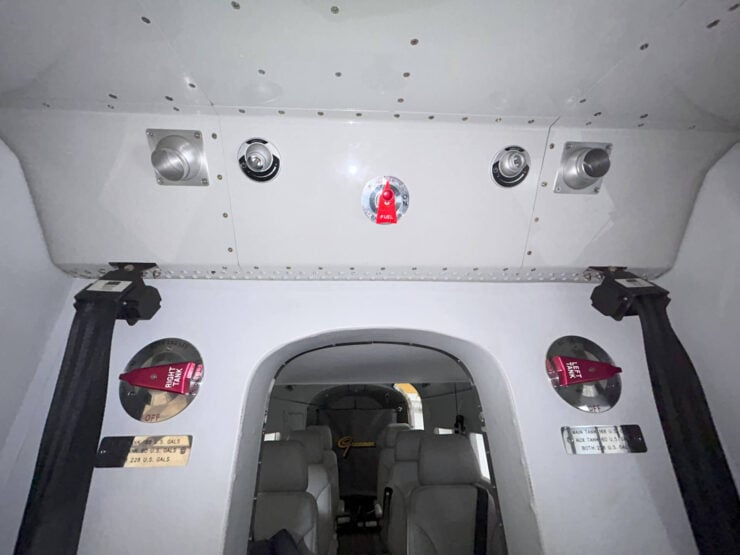
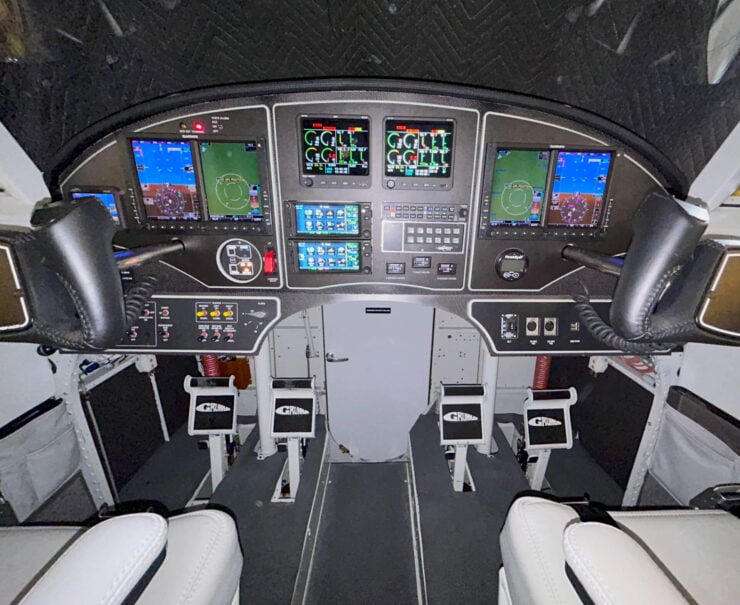
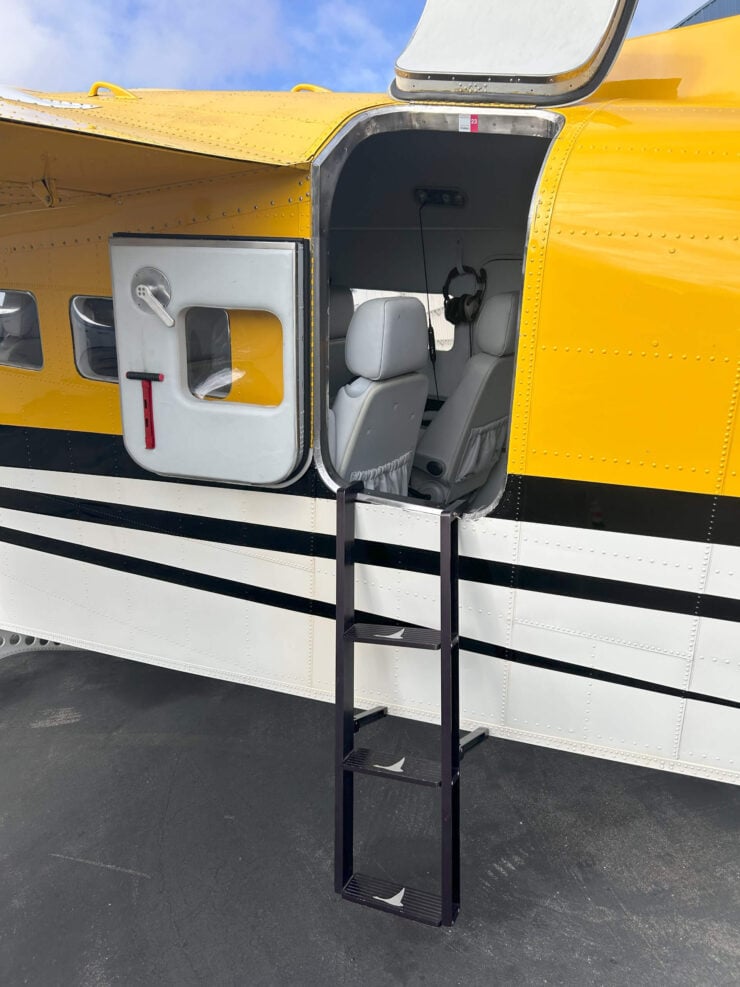
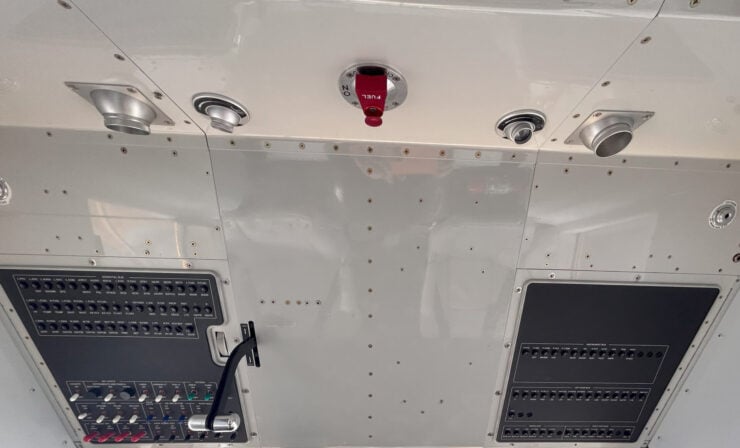
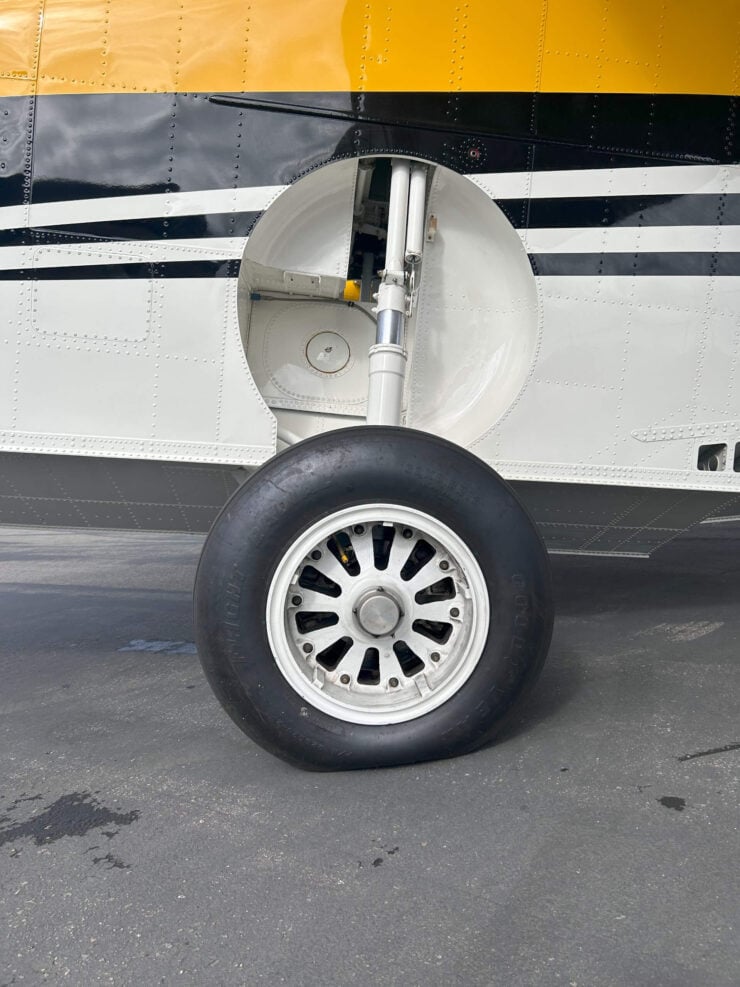
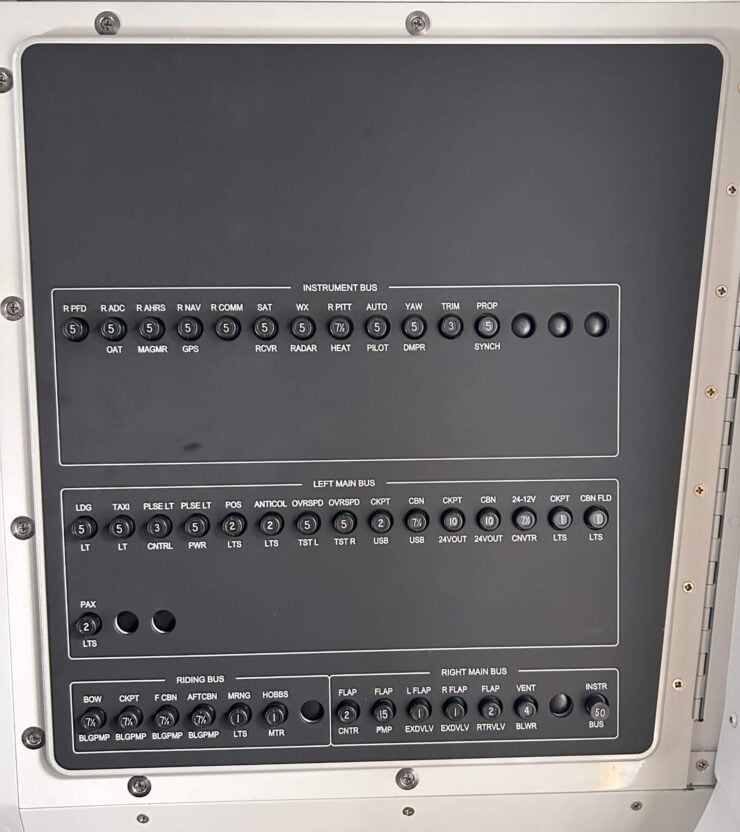
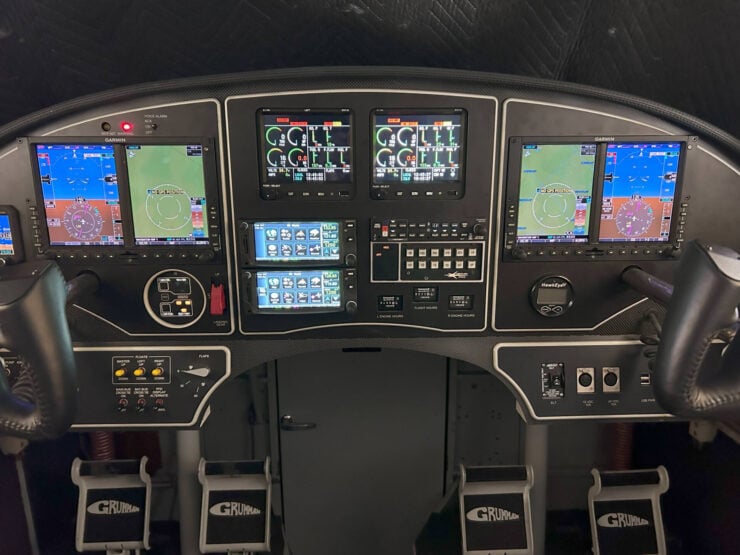
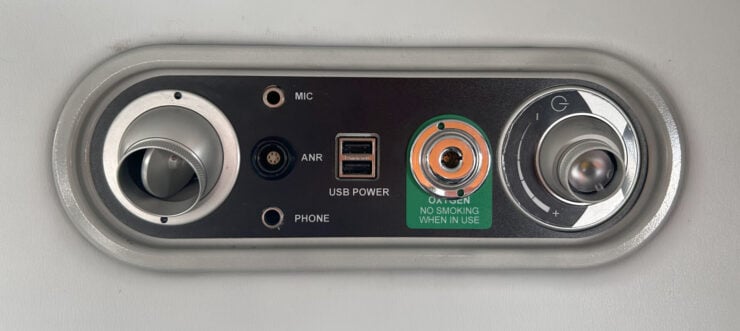
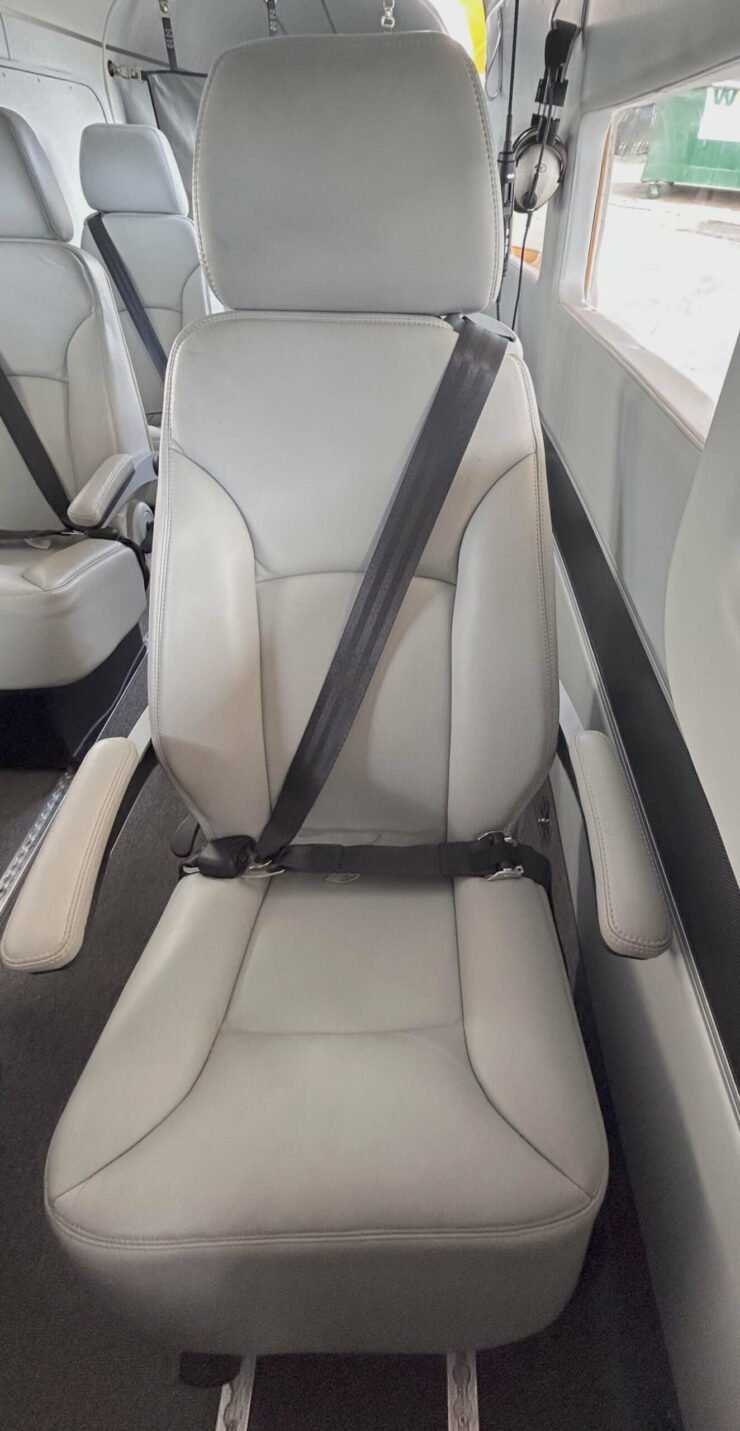
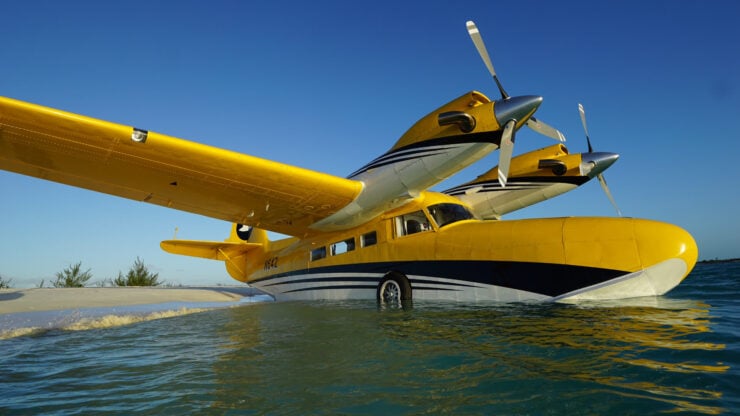
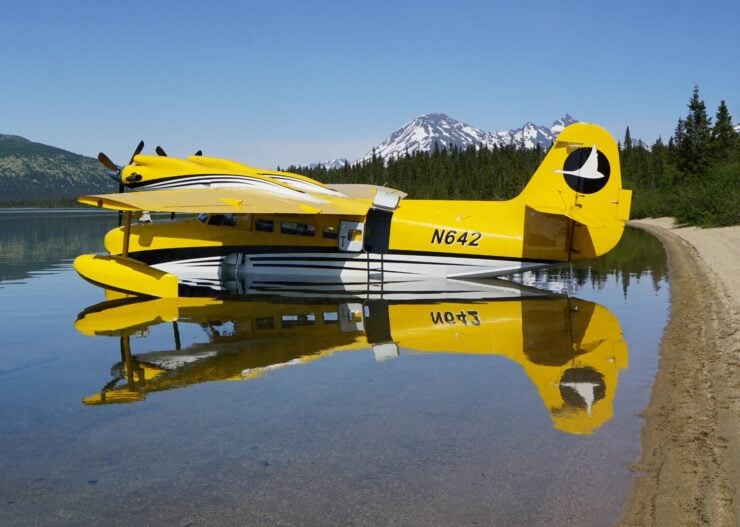
Images courtesy of Doug DeVries

